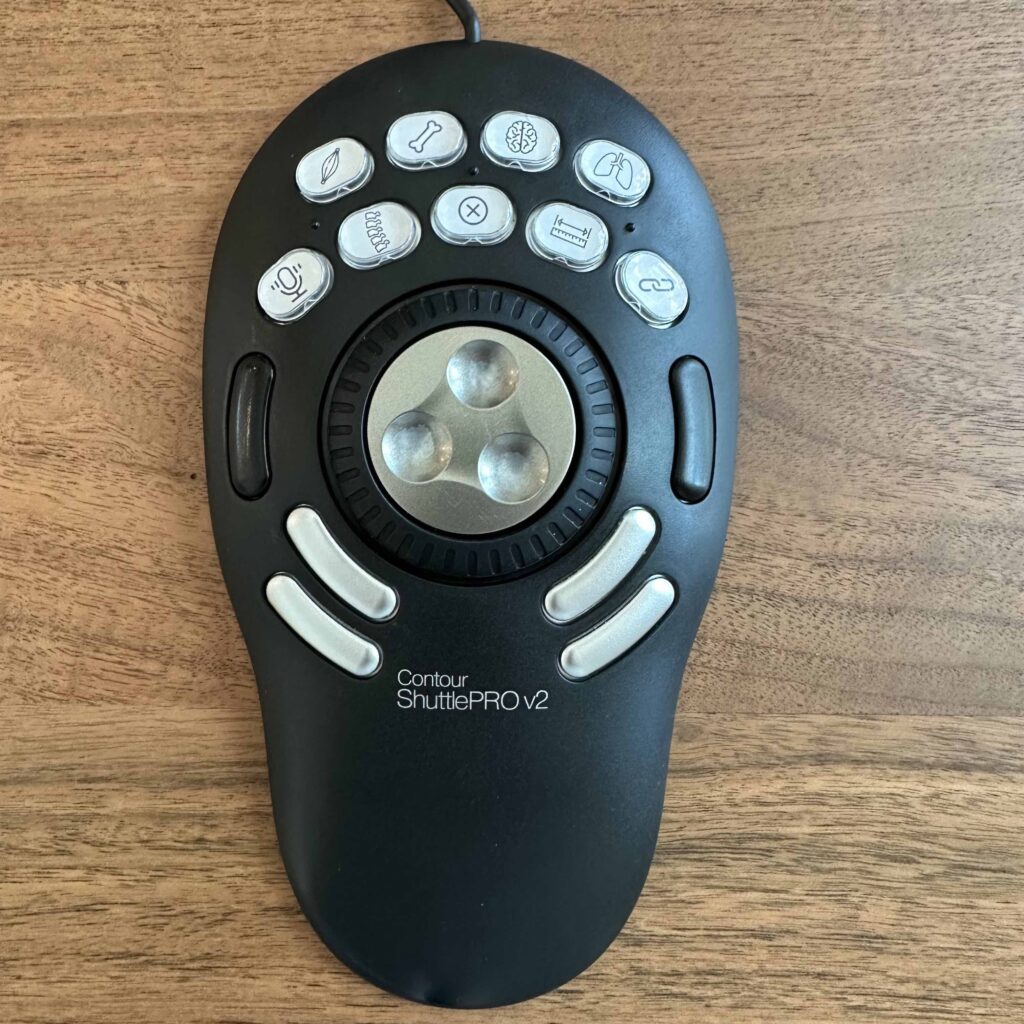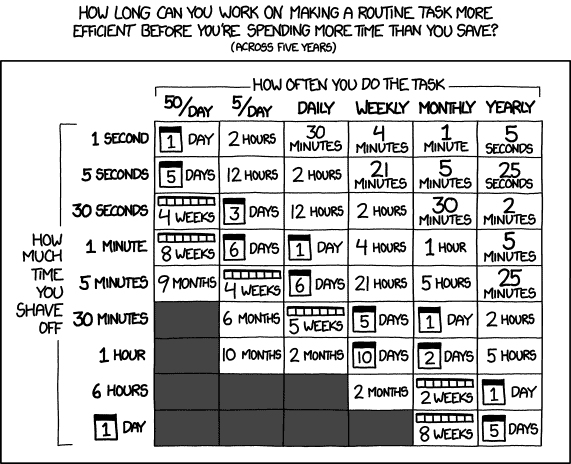Every new student loan plan has created some presumably unintended management strategies (i.e. “loopholes”). Over the years, some features have been removed from newer plans, like the “payment cap” from IBR & PAYE that previously capped your payments at the 10-year standard amount no matter how much money you earned. Others have been codified, like the “married filing separately” loophole that allows you to exclude your spouse’s income when calculating your monthly payments (present with IBR/PAYE, excised from REPAYE, but now back in SAVE).
A small loophole in REPAYE became a big loophole with SAVE based on its 100% unpaid interest subsidy. In the SAVE plan, whatever interest isn’t covered by your calculated monthly payment is entirely waived. Negative amortization is a thing of the past. This is true even for $0 payments, meaning that those with low incomes functionally have an interest-free (0%) loan.
This is a great perk of being in repayment for many borrowers, including medical residents (as I wrote about here).
It’s also an incentive to try to enter repayment as “early” as possible. There are two scenarios where a medical (or other graduate) student can do this:
1. Waive the In-school Deferment for Undergraduate Loans
For regular Direct loans, you cannot enter repayment until you leave school and finish the six-month grace period. You can consolidate after graduation to waive the otherwise mandatory grace period, but you can’t change their in-school status while still in school.
You can waive the in-school deferment for loans from previous schooling. From the Official PSLF FAQ:
Q: If I return to school and qualify for an in-school deferment on my Direct Loans that are in repayment, can I decline the deferment and make qualifying PSLF payments while I’m in school?
A: Yes. You can decline an in-school deferment on your loans that are in repayment status and make qualifying payments on those loans while you are in school. In this case, you must contact your servicer and request that the in-school deferment be removed. Remember, in order for your payments to qualify for PSLF, you must be employed full-time by a qualifying employer while you attend school.
Those graduate students with loans from undergrad can therefore enjoy a generous unpaid interest subsidy for their undergrad loans while completing their graduate studies. For many medical students, 0% undergrad loans during grad school can easily reach five-figure savings.
Also, these extra years of $0 payments during grad school will also qualify for the baked-in long-term currently-taxable (not PSLF) IDR loan forgiveness. Not relevant to most doctors, but certainly relevant to many others.
I wrote about this “loophole” way back in the Further Facets of Income-Driven Repayment chapter of the book.
2. Waive the In-school Deferment for Current PLUS Loans
PLUS loans are technically never in-school status; they’re automatically placed in an in-school deferment.
That in-school deferment is actually optional for PLUS loans. Yes, you can contact your servicer and waive the deferment for PLUS loans. With the current PLUS rate of 8.05%, that unpaid interest subsidy leads to substantial (potentially massive) savings.
Note that you may have to repeat this process every semester as you take out new loans.
Ben Braun has a nice article in Doctored Money about his successful implementation of the PLUS loan method.
Caveat: PSLF
This extra effort and decreased interest have no impact/benefit if you achieve PSLF. PSLF is a time-based program; you don’t get a gold star if the amount forgiven is higher or lower.
This technique would still be a reasonable hedge given the uncertainty of the future even when planning for PSLF.
PLUS to the Extreme
Historically, most students would like to avoid PLUS loans. Their interest rates are always 1% higher than the corresponding rates for standard direct loans (hence the “plus”), and they carry a much higher origination fee (aka “loan fee”), 4.228% instead of the usual 1.057%.
They simply cost more, and needing to take them out also means you’ve borrowed more. Borrowing more money makes people sad.
With this loophole, there’s an argument for trying to skip out on regular loans and just take out PLUS loans. The overall slightly higher rate would be more than mitigated by the 0% rate during school.
Functionally, the government has opened a backdoor into “subsidized” loans (that don’t accrue interest while in school) that used to be available for graduate students until 2012. The irony is that with the SAVE program, PLUS loans are now a much better deal than they’re supposed to be.
Note that there’s an immediate downside to this in that higher loan fee, so there’s actually an upfront cost that’ll take several months to break even on.
Take Home
Entering repayment early isn’t a bad idea at all. It wasn’t a bad idea during the REPAYE era, and it’s frankly a pretty amazing deal with SAVE.
I don’t know how easy it would be for the government to specifically close this loophole, nor how interested they will be in doing so. Some legislators would love to shutter the PLUS program, but I suspect it’s relatively safe. For the conventional loophole implementation, there really isn’t any downside: If you want to put your loans back in deferment while in school, that is always available to you as long as you are enrolled accordingly. So there really isn’t any risk as far as I can tell.
Trying to exclusively use PLUS loans out of order just to benefit from the subsidy is, I think, a much riskier venture. The SAVE program isn’t codified in law, and you can’t convert PLUS loans to conventional unsubsidized loans, so that’s a one-way street I would not personally recommend.

